By Darren Rigby
The fall, or autumn, is considered the last stages of growing in the year for main crops. The fruit is harvested and sold on, the remains are made good use of, too. But, if you think about it on a deeper level, the next growth cycle has only just begun. Composting. It’s the staple of any self sustaining allotment plot. Ask any tomato grower how they feed their plants for next year and they’ll tell you that using all the waste from the plot, and waste from their kitchen, will provide all the plants’ needs for next year.
In the cannabis community we have long been taught how to grow through the magazines that we find in the grow shops. Well, they embrace the idea I’m about to share. It’s a comfort to know that you can dial in certain feed amounts according to what numbers are on the bottles, and mostly they talk about NPK values.
Bud & Tender CBD Oil – Use UKCSC10 to get 10% off
Let’s go back to the allotment plot for a moment and ask what exactly comes from the kitchen. We get egg shells, potato peels and all manner of vegetable waste. It’s the basis for what we know in the cannabis world as supersoil. Supersoil mixes have been growing in popularity. There’s methods that employ probiotic microbes, and some have swerved the use of animal products by creating probiotic microbes from coconuts.
The essence of composting is to make the plant materials and other ingredients you add to the mix bioavailable to the plants. That is to say, to make chunks of food tiny enough that the plant can readily eat. Microbes and mushroom mycelium (the tiny root hairs of mushrooms) can break down the waste mass and provide nutrients to the plants in a symbiotic relationship. They actually swap nutrients at the root level in a zone immediately around the roots called the rhizosphere.
Once you understand the principles of supersoil you understand that most of the nutrients you want your plant to absorb are added at the start, and to keep your soil alive, you have to feed the soils living creatures. Adding diverse sugars through compost teas will aid you in keeping the many colonies of bacteria you brought to the soil with the varying ingredients alive, and feeding your plants.
So, those bottles on the shelf do a pretty good job if you choose an organic range that tries its best to replicate nature. But the absolute best way is to replicate what Fall does, and that means feeding the soil every year from the top, and giving enough time until next year’s spring season for the microbes and mycelium to do their thing. The best ingredient to growing top shelf highest quality cannabis is patience, and what you’ll get in return is what’s called black gold to create the full expression of the plants’ genetics and probably the highest terpene content you’ve seen yet. So, it’s not the end of the year, it’s the start of next year’s harvest. Happy autumn.
Composting Do’s and Donts…
Do turn your compost every two weeks or so to feed it with oxygen.
Do add cardboard to raise the carbon content and make it fluffy.
Do add spent hops from local beer brewers, as it’s loaded with lactobacillus bacteria, great microbes for breaking things down.
Don’t add meat or citrus fruits; meat spoils and creates bad microbes, citrus is too acidic.
Don’t add onions as they aren’t liked by worms and they cause bad pathogens when they spoil.
Don’t add potatoes (skin is fine) as they will sprout and start using the nutrients you want to keep.
In the next instalment we will go into more depth about which ingredients are being used in supersoil and how to start making your own nutrients to boost your home-made soil. It can be a little smelly and takes just a few hours’ work over many months, but the terpene profiles we all aim for are waiting for you if you have the patience.

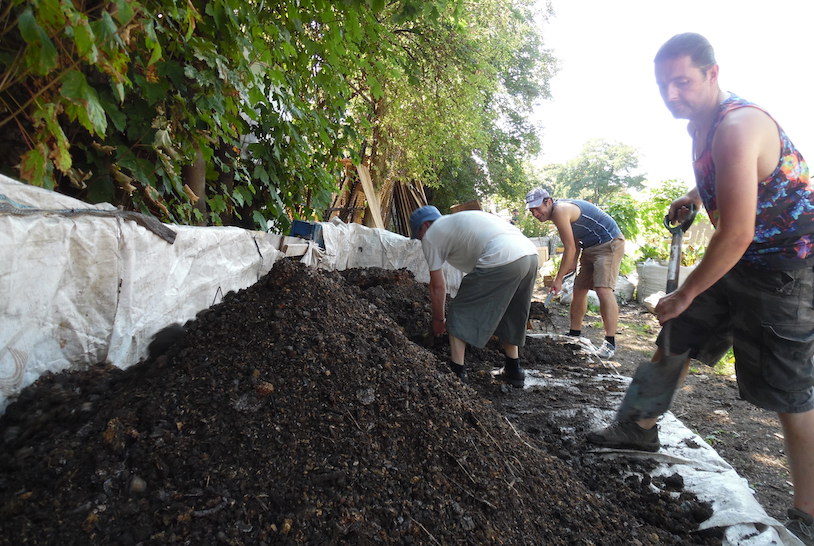
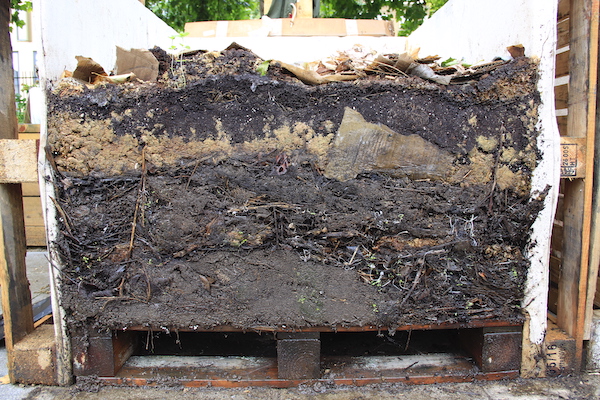
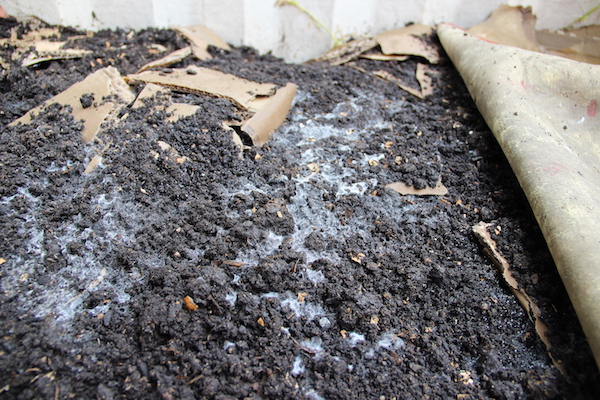
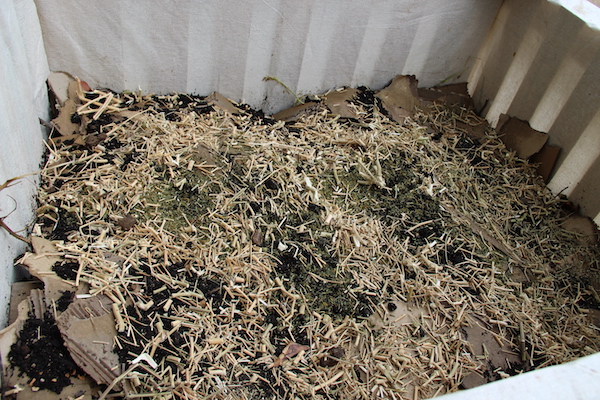
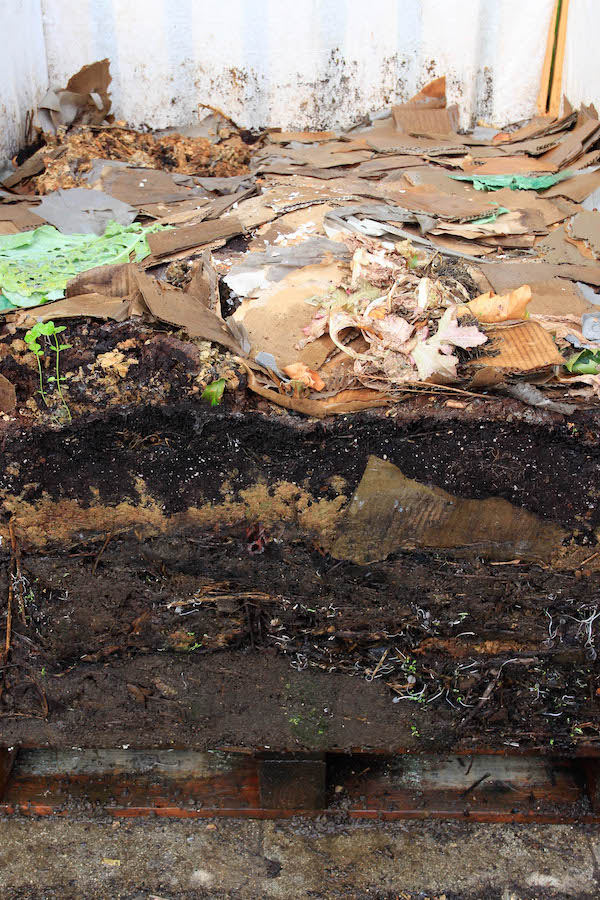


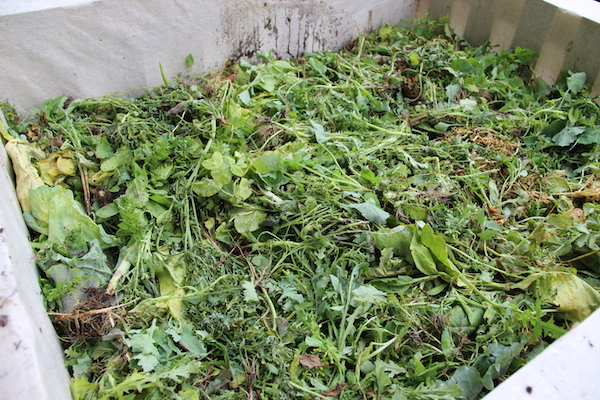





Comment (1)